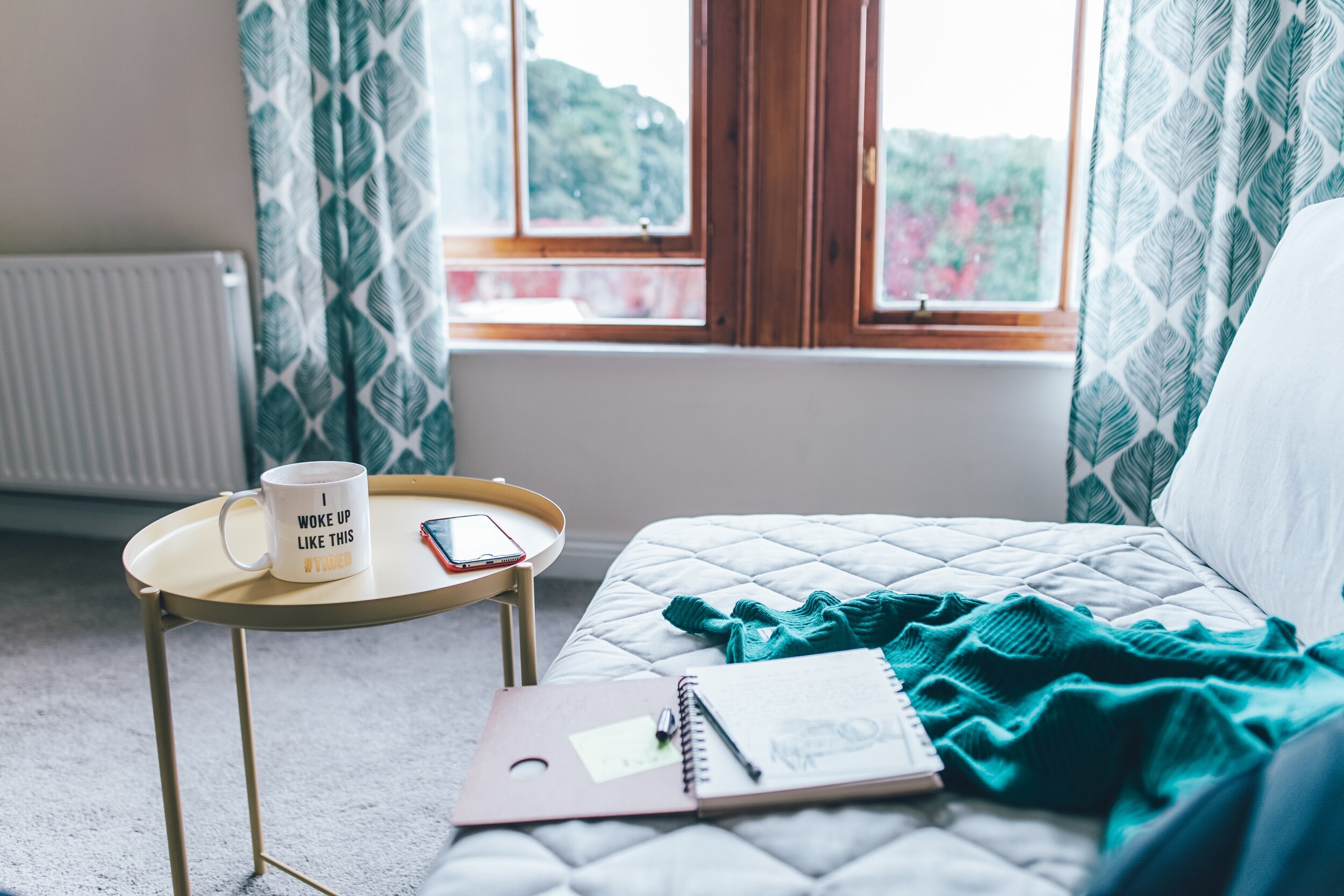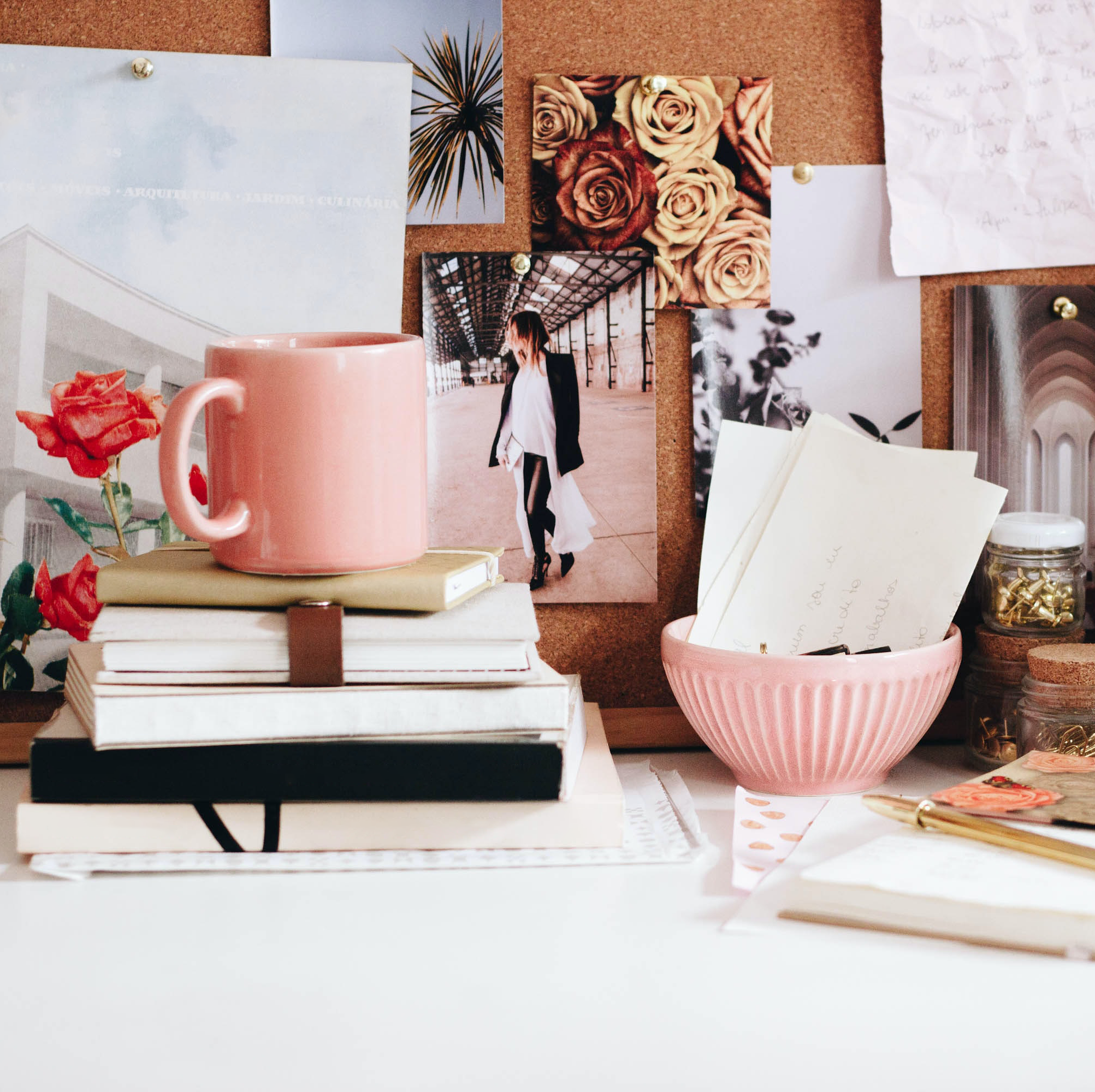Four Habits I Learned from The Artist’s Way
At the close of last year, I completed The Artist’s Way: A Spiritual Path to Higher Creativity, a book and self-study program developed by Julia Cameron in the 1990s.
The course helped me reclaim my identity as an artist and return to my passions with new energy and confidence.
At the start of the course, Cameron introduces a few exercises to repeat over the 12 weeks, along with a course contract to sign. Taking part in these activities led me to establish a set of creative habits that are now woven into my daily and weekly routines.
Four habits I learned from The Artist’s Way:
Writing the morning pages
Taking myself on artist’s dates
Using creative affirmations
Keeping promises to myself
These activities and behaviours are essential to the foundation of my creative practice. They are an essential part of my daily and weekly routines for self-care.
Writing the Morning Pages
Before jumping into the first week, Cameron introduces what she calls, ‘the basic tools’. The first of these is the morning pages.
‘In order to retrieve your creativity, you need to find it. I ask you to do this by an apparently pointless process I call the morning pages. You will do the pages daily through all weeks of the course, and I hope much longer.’
— The Artist’s Way, page 9
I started doing the morning pages on day 1, back in August of last year, and I’ve written them nearly every morning since. They are small gifts I give to myself each day.
‘What are morning pages? Put simply, the morning pages are three pages of longhand writing, strictly stream of consciousness.’
— The Artist’s Way, page 10
Cameron makes it clear that the activity should be done in the morning, before everything else.
I keep a notebook and pen on my bedside table. When I wake in the morning, I make a cup of coffee, then return to my bed for 20 to 30 minutes to write my morning pages. It works for me, but if you are concerned you’ll stay in bed, you may wish to move to a sofa or desk.
There are times I let the activity slip until the afternoon, but I still write each day. To write in the afternoon or near the close of the day can pull me into a place of reflection. Writing in the morning as she suggests is definitely preferable.
Taking myself on artist’s dates
The second of Cameron’s basic tools is the artist date.
‘An artist date is a block of time, perhaps two hours weekly, especially set aside and committed to nurturing your creative consciousness, your inner artist.
— The Artist’s Way, page 18
Sometimes I’ll pick something special for an artist date, like a visit to a museum or a solo lunch out at a nice restaurant. Other times, I’ll do something that I would probably do anyway, like go to the art supply store, but I’ll make it a bit extra by setting aside time to walk a new route, or I’ll buy a new material to experiment with. The mission is always to treat myself, even if it’s in a small way.
‘In its most primary form, the artist date is an excursion, a play date that you preplan and define against all interlopers. You do not take anyone on this artist date but you and your inner artist, a.k.a. your creative child.’
— The Artist’s Way, page 18
I’m a relatively independent person, so I didn’t expect the artist’s dates to feel like a big deal. From the first date, I noticed a mindset shift inside me — from filling time doing stuff, to using time purposefully taking care of myself and nurturing my inner artist.
Now, I use them as opportunities to find new inspiration and get out of my head when I am stressed with work.
Using creative affirmations
In week 1, Cameron introduces a list of twenty creative affirmations, positive statements about creativity. She suggests using them after writing the morning pages.
Each morning during the course, I would pick a different affirmation and write it out on a new page in my notebook after the morning pages.
Sometimes I would pick a few that called out to me, and I’d write them out until they filled the page. Occasionally one would tug at me, and I would focus on it, writing it in big letters on a single sheet of paper.
A few of my favourites include:
I am allowed to nurture my artist.
I am willing to create.
I am willing to experience my creative energy.
Now, I use them as mantras and mini-meditations on feelings I want to experience from the inside out. I use them daily and weekly, as needed.
Keeping promises to myself
The last of the basic tools is the creativity contract.
‘When I am teaching the Artist’s Way, I require students to make a contract with themselves, committing to the work of the course. Can you give yourself that gift?’
— The Artist’s Way, page 24
The contract is simple and covers two parts. The first is to commit to the 12 weeks and to do the activities and reading, The second part is to understand that to do the work in the course might raise emotional issues, and to commit to taking care of yourself.
Signing the contract was an act of putting myself on the line a bit. As I grow and dive deeper into committing to myself and my creativity, I am learning that it’s important to not break promises to myself.
One of the most significant promises that I have made to myself in the past year is to continue to give myself the space I need to grow so I can live in a bigger way. By doing this, I can more successfully meet the challenge of my dual purpose — to express my creative gifts and to help others express theirs.
As a habit, this means that I don’t let myself down. I make space for my creativity, physically and emotionally. I respect my work and keep my routine.
When I falter (maybe skip a day of morning pages, or start to feel some self-doubt), I don’t punish myself or make a big deal of it. I just let the day end and know that tomorrow will be another chance to do better.
Read more about The Artist’s Way →
Ready to start The Artist’s Way?
Join The Artist’s Way Creative Circle, a 13-week online group program.
Be guided and supported as you complete The Artist’s Way, a time-tested process for recovering and expanding your creativity.
Participate in weekly live video calls and connect with a community. Plus, receive special tools and methods to increase your confidence and overcome challenges.




